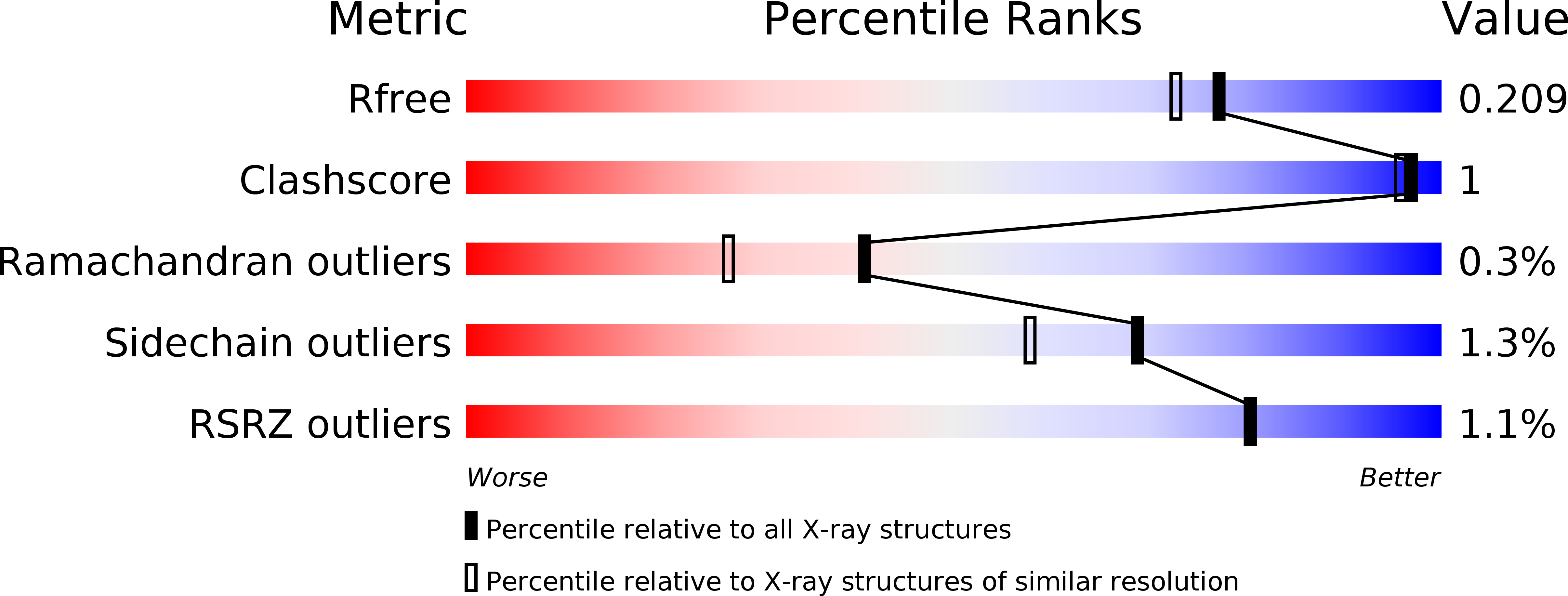
Deposition Date
2015-10-02
Release Date
2015-12-23
Last Version Date
2024-01-10
Entry Detail
PDB ID:
5FIU
Keywords:
Title:
Binding and structural studies of a 5,5-difluoromethyl adenosine nucleoside with the fluorinase enzyme
Biological Source:
Source Organism:
STREPTOMYCES CATTLEYA (Taxon ID: 29303)
Host Organism:
Method Details:
Experimental Method:
Resolution:
1.84 Å
R-Value Free:
0.19
R-Value Work:
0.17
R-Value Observed:
0.17
Space Group:
C 2 2 21


